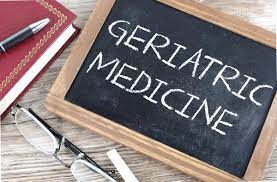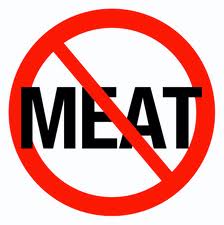Introduction:
Complementary and Alternative Medicine (CAM) is catching the attention of older adults and health care givers alike. Complementary medicine often is gentler, safer and addresses the health conditions of the elderly in a holistic manner. All Alternative therapy practitioners aim to encourage good health practices in their elderly patients so that the immunity is boosted, healing ability of the body is strengthened and the elder are benefited way beyond mere symptom management.
Often, the Alternative therapists act like friends, philosophers and guides to the elderly and care for their body, mind and soul. Alternative therapists spend more time with their patients and give them the attention that the elderly lack. They encourage self-care, provide knowledge, skills and the encouragement the elderly need during illness.
Alternative therapies are not without risks in the elderly:
Complementary therapies can sometimes be risky in the elderly.
- An injudicious choice of herbal remedies can create a host of problems for the elderly. The pharmaco-kinetics of herbs can be extremely unpredictable in the elderly.
- There could be herb-to-herb interactions.
- Some elderly patients can develop what is called as ‘Serotonin Syndrome’ while taking St. John’s wort. St. John’s wort is a commonly used herbal anti-depressant. The symptoms of the ‘Serotonin Syndrome’ mimic an infection and thus can be mistreated.
- Ginseng a very popular rejuvenation tonic can cause a potentially life threatening skin rash called as Steven-Johnson syndrome.
- Ginkgo biloba, which is used in the elderly for memory loss has anti-coagulant like effects.
- Massage and manipulation therapies are very dangerous and can lead to severe sprains or even fractures in the elderly because they have a poor muscle mass and osteoporosis.
- Sometimes, the vital force of the elderly patients is low and trying Complementary medicines such as Homeopathy may be fruitless and frustration both for the patient and the physician.
- Spiritual healing is another controversial subject. Sometimes Christian patients take offense to Hindu Reiki practitioners and vice versa. So great care should be taken in choosing a therapist, so that we do not hurt the spiritual sentiments of the elderly patients.
Conclusion:
It is very important to find out if the elderly patients are taking any complementary therapy before starting another one for them. Elderly patients often have very poor memories and extra efforts must be made to elicit a proper history. Extra time must also be spent if some pharmacological prescriptions are written and care should be taken to see that the proper dose is taken at the proper time.
Time must be spent explaining about possible side effects. Often, the elderly are in touch with similarly afflicted patients of their age and may have surfed the Internet and they may have erroneous beliefs. The Alternative therapist should take all the precaution and make every effort to answer all questions sincerely, as truthfully and tactfully as possible.
Some of the elderly may not have adequate insurance or financial resources and in these cases every effort must be taken to prescribe safer and cheaper medications.
Navigating thorough the maze of Alternative therapy options can be very challenging both for the physician and the elderly patient with multiple health conditions. Both the Alternative physician and the patient should realize that they should adopt a flexible approach and weigh the pros and cons of conventional versus Complementary therapy so that the most appropriate system of medicine is used at the most appropriate time during the care of the geriatric patient.
References:
McCaleb RS, Leigh E, Morien K. The Encyclopedia of Popular Herbs: Your Complete Guide to the Leading Medicinal Plants. Roseville, Calif: Prima Publishing; 2000.
Krohn J, Taylor FA. Finding the Right Treatment. Modern and Alternative Medicine: A Comprehensive Reference Guide That Will Help You Get the Best of Both Worlds. Point Roberts, Wash: Hartley & Marks Publishers; 2002.
Huebscher R, Shuler PA. Natural, Alternative, and Complementary Health Care Practices. St. Louis: Mosby; 2004.



